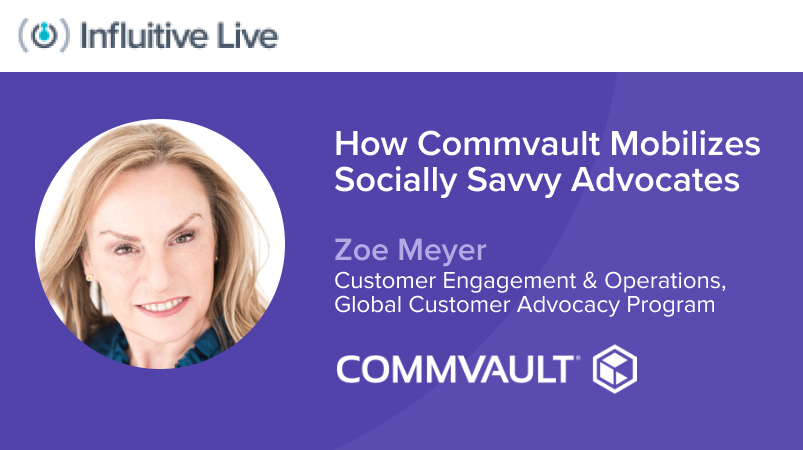Most customer advocacy programs have grown out of a need to supply a reference to a prospect for a sales opportunity. If you wait until the prospect asks for a reference, then you are working in what’s called an ‘on-demand’ and reactive state of doing business.
Many customer advocacy programs were once called (and still may be) a customer reference program. Often understaffed and underfunded but always the most important program when needed for the most important deal – you have heard this, right?
How can you turn a tactical approach into a strategic approach for your customer program? Here are five essentials every successful customer advocacy program needs:
Have Sales and Marketing Agree on a Customer Engagement Strategy
This is a holistic view of who, when, and how your company engages customers. It includes interaction beyond the sales account manager to such groups as customer success, account-based marketing, product marketing, and customer advocacy.
Establish Meaningful Metrics for all Pillars of Your Customer Engagement
Metrics may include revenue impact, program recruitment, customer success stories, social media stats, impact on Net Promoter Score and renewal rates, and online product reviews.
Leverage Technology Wherever Possible
For example, many of today’s reference management software solutions can be integrated with various CRM solutions and automate the processes you have established in your program for customer engagement, like developing a customer success story, tracking revenue to reference requests, or nominating customers for the program.
Get Executive Management Visibility
CMO’s and CSO’s have dashboards – ensure you have a metric tracked on their dashboards. All CMO’s want to hear about brand advocates. And every CSO wants to know how and where revenue is being impacted.
If you are not at a place where you are being asked for this information, then provide it in a way this audience will welcome it. This could be a monthly report on advocacy-type activity for the CMO, like new customer success stories, joint press releases, joint advertising, etc.
For the CSO, monthly updates on revenue influenced, deals closed/won, and new customers joining your program give more meaning to being proactive in the sales cycle with customer advocacy.
Build Brand Advocates
Make it easy for customers to become advocates to generate content and provide feedback about your brand. Social Media and online product reviews are a great start!
Online customer communities are another approach to regularly engage your customers and create positive experiences that build advocacy. Many of the platforms are gamified and offer easy-to-use templates that enable customers to generate content, share socially, and complete product reviews.
It Can Be Done
Strategic customer advocacy programs do not operate alone, in a silo. They are integrated into your customer engagement strategy and your customer’s business. They are measured and tied back to the customer engagement strategy.
They offer a platform for customers to become brand advocates. And finally, executive stakeholder alignment and support in these areas are crucial for aiding in your program transformation.





